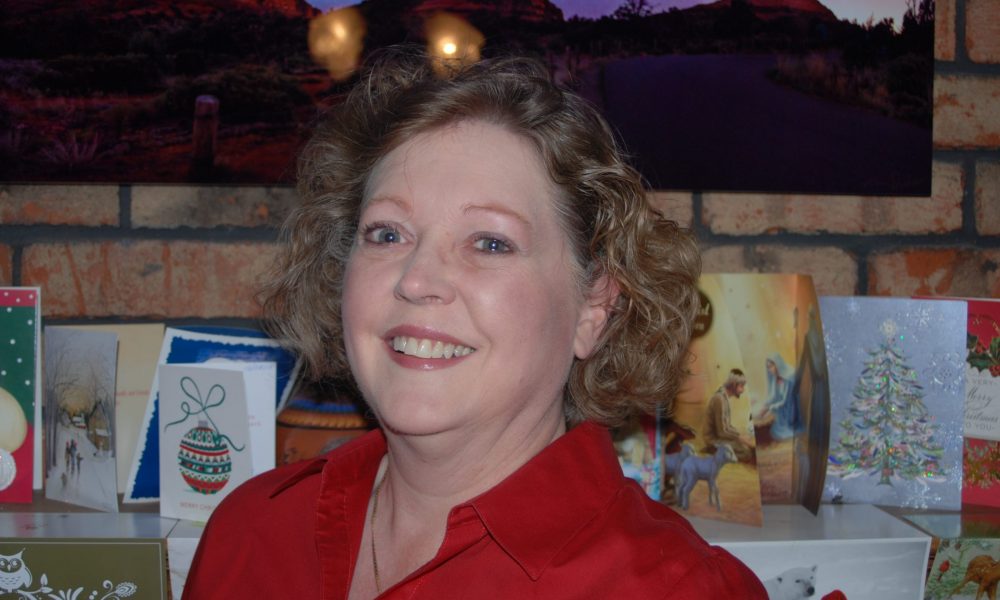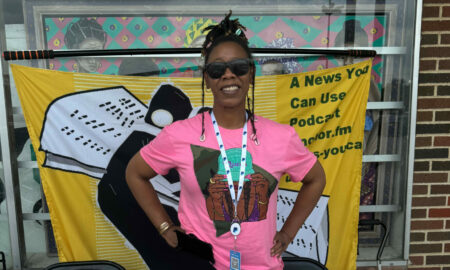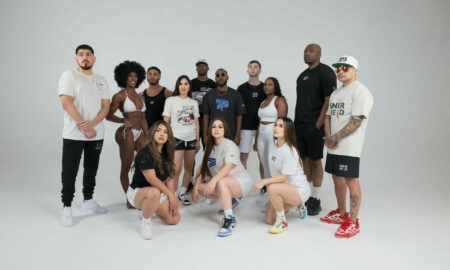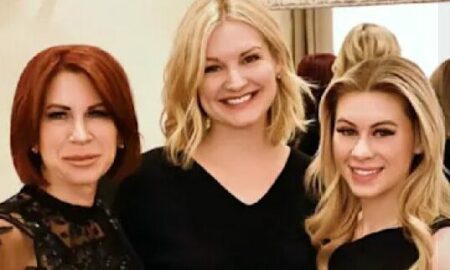

Today we’d like to introduce you to Kate Rugroden.
Kate, please share your story with us. How did you get to where you are today?
I’ve always had a love of animals – from the cats we had while I was growing up to horses and all kinds of wildlife. In 1990, while living in Minneapolis with my husband, I began volunteering at the Minnesota Zoo, giving live animal presentations, ‘behind the scenes’ tours, and training other volunteers.
In 2004, my husband and I moved to Arlington. The volunteer opportunities at zoos have changed over the years, and hands-on work with the animals is no longer an option. In response to an item in the newspaper, I contacted the DFW Wildlife Coalition about volunteering to answer hotline calls about animals. As the result of our conversation, I ended up becoming subpermitted under a local wildlife rehabilitator, learning to care for a variety of orphaned, ill, and injured native small mammals, and received my own wildlife rehabilitation permit from TX Parks and Wildlife (TPWD) in 2007. In 2008, I had the opportunity to attend a week-long training session at Bat World Sanctuary, a unique facility in Mineral Wells, TX that provides rescue, rehabilitation, and lifetime care to bats. What a remarkable, eye-opening experience!
Although my academic background is in Information Technology, and I have spent the bulk of my professional career as a Business Systems Analyst, my real calling is caring for the animals that share our neighborhoods and educating others about them. At this point, I am fortunate to be able to work from home running a business with my husband, which allows me to care for the animals that come my way. I specialize in raccoons, opossums, and bats, and in addition to my wildlife rehabilitation permit, I have obtained an Educational Display permit from TPWD and an exhibitor’s license from the USDA, which enables me to keep a small number of non-releasable native mammals for use in educational programs and training classes.
Great, so let’s dig a little deeper into the story – has it been an easy path overall and if not, what were the challenges you’ve had to overcome?
While I was still working outside the home, my biggest challenge was juggling feeding schedules – baby animals may need to be fed as often as five times per day. That meant getting up at 4:30 AM, feeding all the animals, getting ready for work, commuting to the office, putting in a full day there, and then heading home, feeding everyone again, having dinner with my husband, feeding the animals one more time, and calling it a night around midnight. Fortunately, I had volunteers who could assist with the daytime feedings that needed to happen while I was at work.
Probably the biggest challenge is paying for the formulas, weaning/adult foods, medicines, veterinary care, and caging. There is no local, state, or federal funding for wildlife rehabilitation; everyone who does what I do relies on their own resources or donations to meet these expenses, and the majority of the money comes from our own pockets. Every species has its own unique nutritional needs, and species-specific milk replacers can be very costly.
Bat World MidCities – what should we know? What do you guys do best? What sets you apart from the competition?
I serve as the Director of Special Projects for Bat World Sanctuary, in addition to operating my own facility as Bat World MidCities specializing in the care of orphaned, ill, and injured native bats, raccoons, and opossums. As the Director of Special Projects, I teach a variety of wildlife rehabilitation classes. I have been approved by the Texas Department of State Health Services to provide continuing education hours in wildlife care to Texas Animal Control officers, and by the American Association of Veterinary State Boards to provide CE hours for veterinarians and licensed veterinary technicians throughout the U.S. I’ve worked hard to build a reputation as an honest, reliable, ethical wildlife rehabilitator, and as an effective instructor.
Bat World Sanctuary is the only accredited bat sanctuary in the U.S., and has set the standard for the care of captive bats in zoos, rehabilitation facilities, animal sanctuaries, and research facilities around the world. Our founder/president, Amanda Lollar, has written several books and journal articles about bats and is recognized globally as the foremost expert in the captive care of both insectivorous and frugivorous bats. She has developed nutritionally sound diets for both types of bats, and has collaborated with veterinarians to develop novel treatments for a variety of illnesses and injuries.
As a sanctuary and rehabilitation facility, none of our locations are open to the public. At the sanctuary, many of the animals have been ill-treated by humans before coming to us, and we believe they deserve a peaceful life just being themselves. My facility is in my home, and most of the animals in my care are recovering from illness or injury.
What moment in your career do you look back most fondly on?
I’ve had some extraordinary experiences working with wildlife, but the thing I’m most proud of is the publication of my first book, ‘The Essential Bat’ (Bat World Sanctuary 2012). I really enjoyed researching and writing it, and collaborating with Amanda Lollar on the layout and photos. She co-authored the book, providing valuable information that helped pull it all together.
Contact Info:
- Website: https://batworld.org
- Phone: 817-229-5653
- Email: bwmidcities@batworld.org
- Facebook: https://www.facebook.com/batworld







Image Credits:
Bat World MidCities
Getting in touch: VoyageDallas is built on recommendations from the community; it’s how we uncover hidden gems, so if you know someone who deserves recognition please let us know here.

















